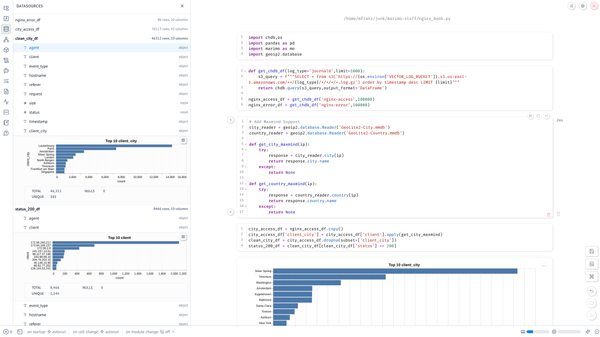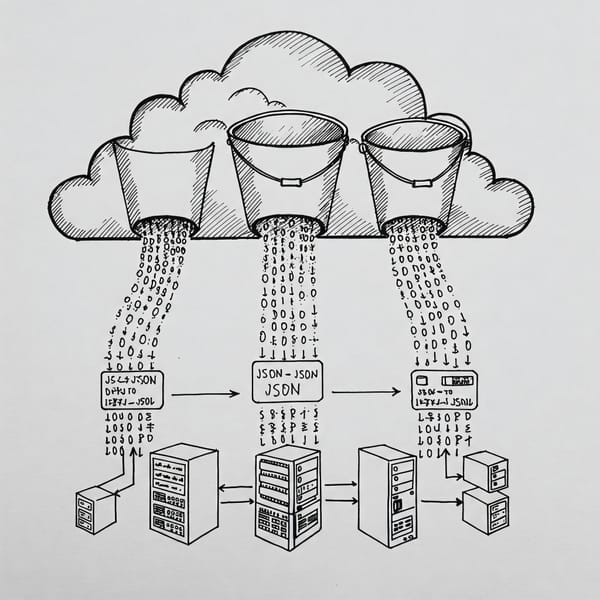Remote Survival Rules for Managers still Undefeated by RTO
Remote or GTFO
Except for the end of 2019 and the start of 2020, I’ve led remote teams for most of the last decade. At least half of that time has been on globally distributed teams, spanning multiple continents and way too many time zones to keep up with.
There are those weird ones in India that are 30 minutes off and I’ve never figured out the Australian time zones, but do I know that when daylight savings time comes in November I will be getting up earlier to work with teams further east. I’ve found again this month having picked up engineers (and a new boss) in the UK. Your clock shifts.
I’ve struggled with burnout and work life balance — and separating. I’ve witnessed the move from Skype to HipChat and to Slack or Teams that makes it so addictive and easy to watch whatever disaster porn is playing in your org or tech stack from the comfort of your mobile device. I know the feeling of waiting for that dopamine hit when the DM indicator lights up or there is a new message in that shitshow project channel. I get it.
I wonder how the generation that has entered the workforce during COVID will fare long term.
I developed some very bad habits of “taking work home” early on in my career as a teacher that continued when I moved into tech. I ground hard during my first 3–5 years trying to prove myself and my lack of Computer Science degree. I had to make up for lost time. Now in my fifties with members of my team that are young enough to be my children and clear and present danger of agism in tech, it is hard to slow down.
Growing up, I saw my dad bring that manilla folder of work often— or go into the lab on the weekends. His dad continued to work into his 80s, so I’m sure of this is hard-wired.
But when home and work are the same, what do you do?
When I returned to an office in 2019, after 6 years of leading progressively larger teams with increasing levels of business responsibility and organizational chaos, I’d had enough. Something had to change. Too many times I started new roles on a Monday after dropping off my laptop and badge on a Friday. (When I changed roles in May 2022, I took nearly two weeks off and plan a minimum. I was learning.)
Of course this decade (and whatever conspiracy theory you adhere to about COVID origins) had other plans for us all.
When all of us struggled with the uncertainty of the Pandemic solitude in the Summer of 2020 and went stir crazy as we adjusted, I struggled, too. Yes, I hit the wall, despite being a veteran remote leader and worker. By Fall of 2020, I was back in my groove. And despite what most CEO’s want (wistfully dreaming of full skyscrapers or suburban office parks) remote is here to stay in many companies.
In the chaos of layoffs and reorgs, it is on us to keep ourselves healthy for the sake of our teams. Doing this in a remote environment where the money men keep travel to a minimum is not easy.
Leaders that fail to take care of themselves will impact their own performance, infect their teams and the consequences are grave personally, professionally, and ultimately for the business.
Keep Moving
I first worked remote in the mid 2000s, after I left Cisco for Digital Bond. At the time, I had two young children. This was really tough. Even though I had a separate office, I would work out of coffee shops on Burnet Road in Austin. I got sick of it. This was before IM and in a small company, I felt the isolation and I got bored. Fortunately, when I returned to a remote role in Mandiant on 2013, we were on Skype (and ultimately on Slack and HipChat) and there was no shortage of excitement. That was also where I learned to really do remote right, both as an employee and a manager.
Someone recently joked on a Zoom that they see me in a different location every time and it is almost true! I have “four different offices.” I have my main office with the largest monitor, but I also work from my glassed-in screen porch, the kitchen table, my daughter’s room (now that she is in college) or outside in the backyard depending on the weather. Although my knees have suffered, I’ve averaged 225K to 275K steps a month in 2023. Taking walks at least twice a day has been critical to keeping sane and healthy. And of course regular trips to the gym.
Listen to Your Body
Stress is physical and anxiety is biochemical. You know it whether you admit or not. I once had a VP that coached me through this in the last decade. He told me I needed a “safe word” when I was approaching the red line of burnout.
I needed to say it and tell him. So I started keeping score. What is my stress level? Where am I on the burnout scale? Watch the highs and lows.
While never diagnosed (and I have never taken prescription stimulant) I absolutely require high levels of caffeine to self-medicate a touch of ADD like many of us have in tech and CyberSecurity — and in management.
This leads to highs and lows during the day and during the week. I feel seasonable mood changes. November and December rough — often bleak. I have to keep this in mind after the time change. We flit from meeting to meeting, from Slack Channel to Slack Channel until we collapse or zone out or take a break or stop to eat.
Don’t write that critical email when you are running on fumes or when you are jet lagged. This is another reason not to have work email on your phone (see below). It is too easy to send that career-limiting email that will do damage to your work relationships that will take months to repair. Trust me, I’ve sent them.
Shut it Down
For the longest time, I kept Slack and email on my phone. There are times when this is necessary and I still do it occasionally , but often you need a break. I’ve been in operational roles. I’m on call right now. I still have PagerDuty and I have Slack on my iPad (or ChromeBook) for easy access, but I do not need work email and Slack all the time.
Your team does not need you online all the time and hopefully your boss doesn’t think they can hit you any time 1:1 or in a group chat on the weekends. Leaders communicating 24x7 is problematic for a whole lot of reasons and does untold damage to the team and company.
But this doesn’t mean you aren’t available. I readily give out my Text/WhatsApp/Signal/iMessage to my peers and my team.
We use this. I get them comfortable with this as an escalation channel. But that channel for urgent issues is neither Slack or Email.
Mix it Up
Something I’ve practiced for the last few years with my team is mixing things up. Avoid the routine. Do not have the standup at the same time every day. Do not always turn on your camera. This is hard for me because I think leaders should turn on their camera most of the time. Do not always use JIRA and show the Kanban board. Free form. Do it live. When scheduling 1:1s with your team, avoid the temptation of the long running calendar invite that never changes day or time. Let them expire so you can reschedule them on a different day. Because the day of the week matters. Your energy level and your team’s energy level changes during the time of the day. Also if you happen to let them expire for and miss a week, it is an interesting data point if your team notices and reminds you. Do walking 1:1s on the phone just as often as Zoom 1:1s. You’ll find the conversations are different. You talk about different things.
Keep ‘Em Seperated
Like any good CyberSecurity professional, I clearly separate my work device from my personal computing device. Mobile devices not so much, but often in terms of Operating System, too. If I used a Mac at work, I did not use an Apple device at home. That is what ChromeOS, Linux, and Windows are for. I maintain separate home lab infrastructure and Azure, AWS, and GCP accounts for learning and growing. By shutting down your work device and switching to your personal device creates a guardrail for you to focus on personal and professional on your terms in your own time (should you choose to do that. And I get it these are challenging times in the economy. Our roles are under threat from outsources and AI. Keep learning, just do it on your own devices when you are doing it on your own time.
Keep Reading & Writing
Early in my career, especially during the five years I was at Cisco, I remember writing lots of emails. I’d remote into ssh.cisco.com and write long email emails using Mutt! I remember amazing technical debates with members of PSIRT on topics of vulnerability disclosure. These were fun and sometimes, and yes, they were even on weekends!
With the convergence of chat as the primary corporate communication mechanism, I feel a lot has been lost. We are often talking past each other, Operating in System 1 not System 2. We live in a stream of text and the solution is to hop on a Zoom and quickly resolve disconnects fast. This is not how it was in the 2000s when email long form allowed you. But I still write emails and I write a lot of emails that I don’t send in the classic Abraham Lincoln fashion. Many of these shouldn’t be sent but they allow me to form my ideas that I will later deliver verbally or in Slack at the write time. Instead of writing emails I also create Google docs and share the Link in Slack. This is another way of slowing down.
Now to get back to reading Thinking Fast and Slow which I bought years ago but never finished!



